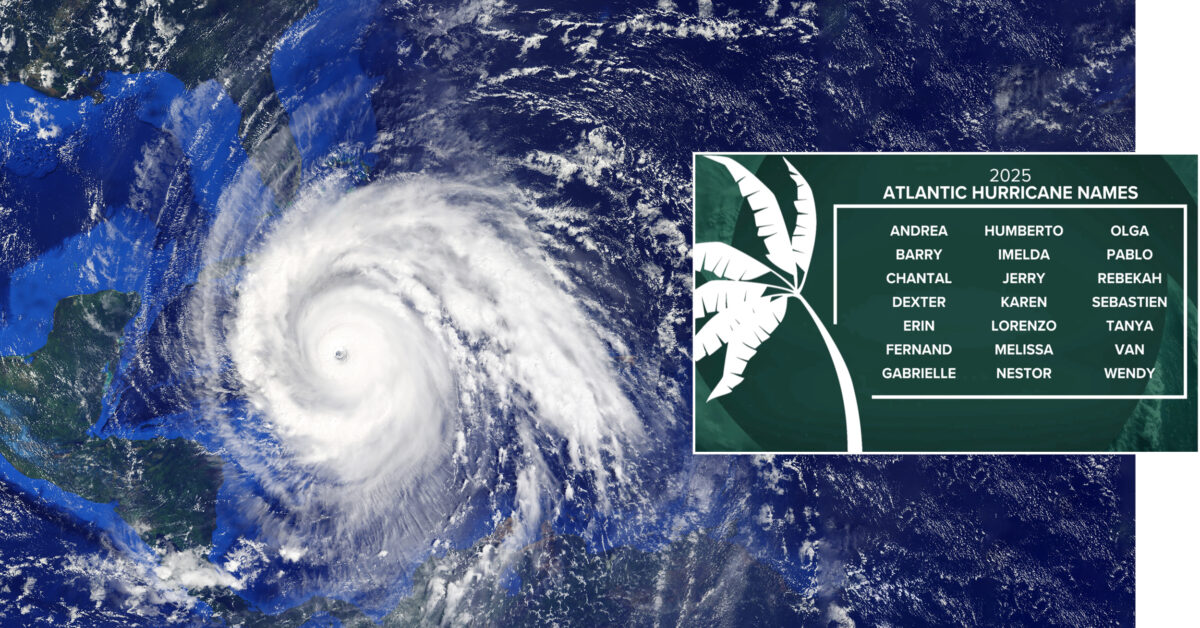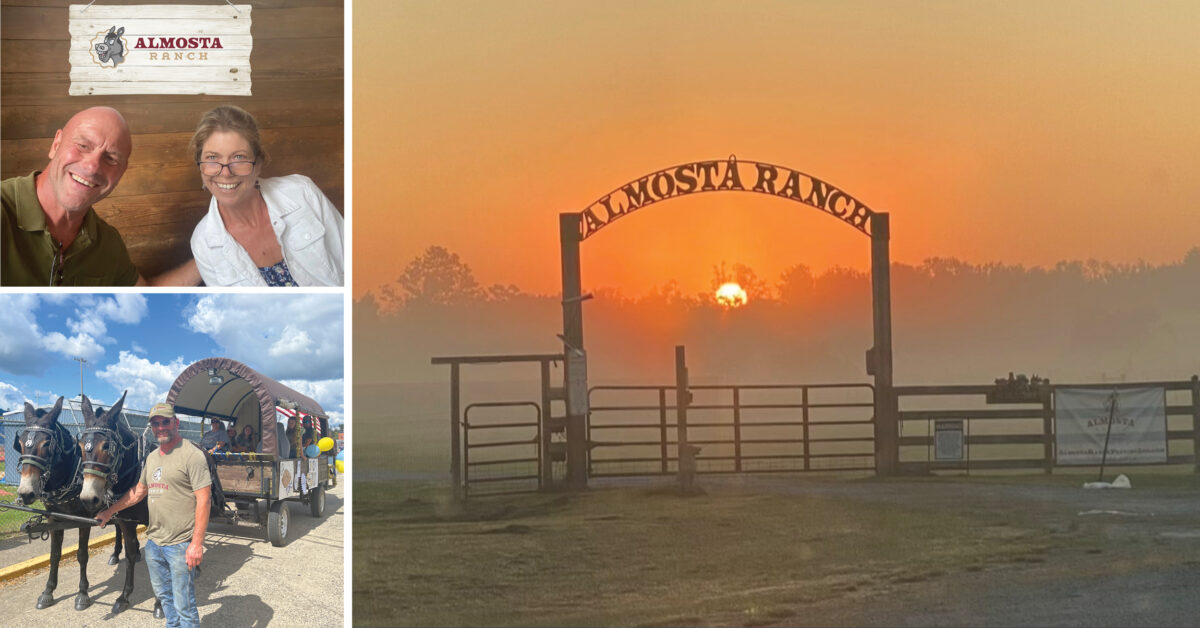
FIRST PERSON: Wade Hampton – Chief Meteorologist, KPLC-TV
June 2025
Are You Covered? Stay Up-To-Date on your Homeowners Insurance and Hurricane Plans
June 2025by Kerri Cooke
Every year a new list of names for potential Atlantic Ocean-birthed hurricanes is released. But how did we decide on how to name these ferocious storms?
In Louisiana history we know of the 1856 hurricane, which tied 2020’s Hurricane Laura and 2021’s Hurricane Ida for the strongest storm to hit the state, as the 1856 Last Island Hurricane because it made landfall on Last Island. Lake Charles had a devastating hurricane that took out some major landmarks in the city in 1918. The storm was simply referred to as the 1918 hurricane. Without an official way to label weather systems, it was hard to keep track of all the different storms.
In the early 1800s, hurricanes were named after saints on Caribbean Islands depending on what saint’s day a hurricane made landfall.
Clement Wragge, a weatherman is Australia, began identifying storms by using Greek letters and the names of characters in Greek and Roman myths in the late 1800s before deciding to name storms after local politicians. As you can imagine, the latter did not go over well.
When U.S. Army and Navy troops were in the Pacific during WWII, they began naming storms after their wives or significant others back home. The National Weather Service adopted the process of providing hurricanes with female names in 1954 after exhausting all options within the military phonetic alphabet after a handful of years. Other countries began following suit.
As you might imagine, women were not happy that these destructive storms were only being designated female names and complained that the naming system was sexist. Roxcy Bolton, a member of the National Organization for Women from Miami, said, “Women are not disasters, destroying life and communities and leaving a lasting and devastating effect.” She then recommended a system, similar to Wragge’s, of naming storms after politicians since they “delight in having things named after them.” She also took issue with the name hurricane as it phonetically sounds like “her-icane,” but made no headway with changing that aspect of meteorology.
It became official in 1979 that hurricane names would alternate between being feminine and masculine with the National Weather Service and the World Meteorological Association both adopting the practice. The modern list of names we use today rotates every six years with the names of particularly destructive hurricanes being retired. (Rita, Katrina and Laura have all been retired.) The names vary in origin and represent the many different places a hurricane may make landfall.
Using human names for storms has ensured there’s less confusion when meteorologists are conveying information to the public, especially when more than one storm is churning in Atlantic, Caribbean and Gulf waters.
What happens if there are more storms than there are names on the year’s list? This phenomenon happened in 2020, and the latest storms of the season were named after the Greek alphabet. However, since then, the World Meteorological Organization has decided to use a supplemental list of human names to avoid confusion since the average person does not use the Greek alphabet or have much familiarity with it.






